Sweater
An Anniversary of sorts
October 2nd, 2024 was the first time I had ever picked up knitting needles and yarn. In terms of stitches counted, rounds completed, and projects blocked, it seems like a lifetime ago. What started as a means to make friends1 ended up being an invaluable creative and challenging outlet. Not to be too precious or sentimental, but I am incredibly proud of the projects I’ve finished. There’s something to be said about the rewarding feeling from making things with your own hands.
Which leads me to the reason for this post: I think it is sweater time. So many of my past projects started out with “how hard could that be?” with one exception: the Mighty Sweater. For some reason, a sweater seemed so unobtainable even after learning so much and making so much progress with my skills. It’s the yarn requirements + stamina + pattern reading + some je ne sais quoi related to the hesitation of taking on a monumental task for fear of screwing up after sinking so much time and effort. The Sweater represented a culmination of everything I’ve learned (after only 1 year of practice) - a final exam of sorts before I can graduate from the school of ‘beginner knitting.’ And of course I created this Myth of the Sweater for myself (I’ve come across so many posts/videos of people knitting a sweater as their first project!) but it’s awfully convincing after the Dunning-Kruger takes effect. But allow myself to consider that this is merely the first sweater in a likely long line of sweater projects. Who cares if it’s not perfect - we can pretend that’s how the pattern said to do it.
As motivating as that is, I’ve actually yet to find a sweater pattern that is really motivating. There’s so many things a sweater can be and confronted with that much choice is overwhelming. But one thing I’ve set in stone is that I want this to be a striped sweater. I’ll admit this is influenced by knitting tik-tok, with everyone currently obsessed with the self-striping Lang Cloud Yarn. But it’s also influenced by the sweaters I already have and an autumnal-hued striped sweater would fill in a gap in my inventory. But apparently finding a self-striping yarn is easier said than done because besides some off brand acrylics and costly hand-dyed wools (Lang Cloud included), there is a dearth of striping yarn. I suppose this is because 1) creating self striping yarn is probably non trivial and 2) you can just make stripes by doing colorwork. But I simply refuse to buy 10 skeins of yarn to make the stripes myself - let’s not complicate an already challenging task.
So here are some candidate yarns and sweater patterns:
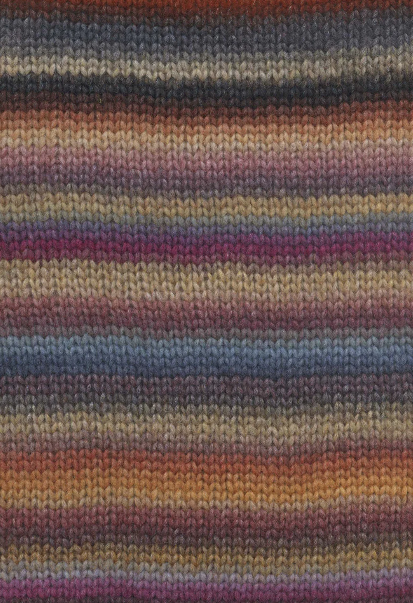 |
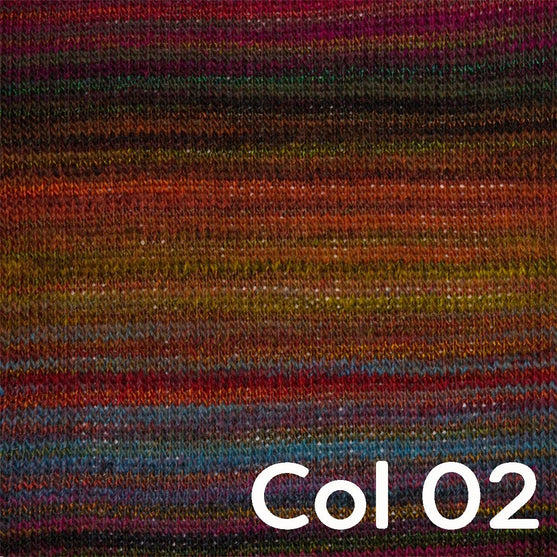 |
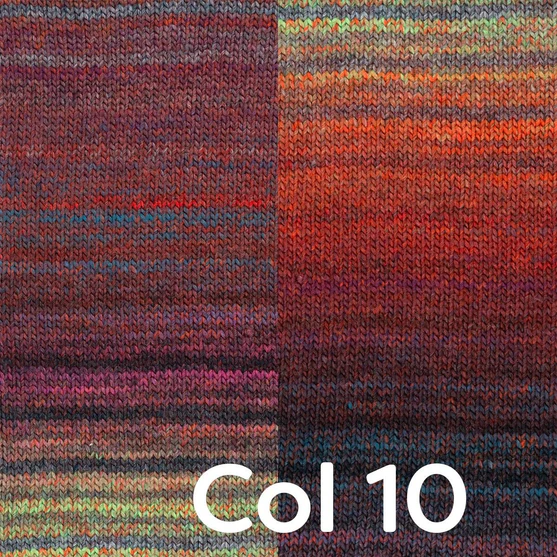 |
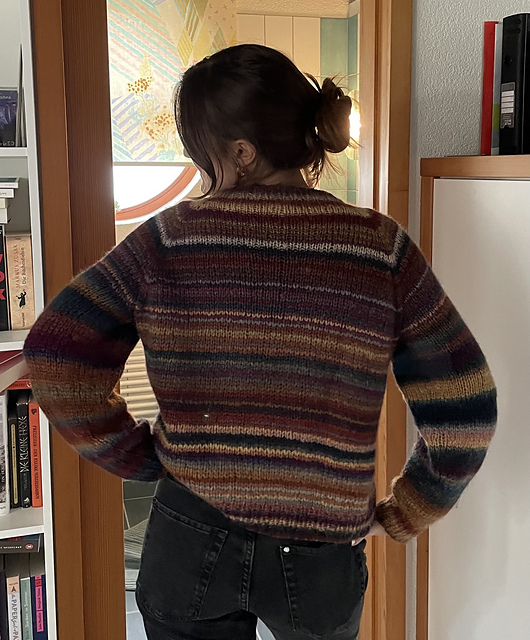 |
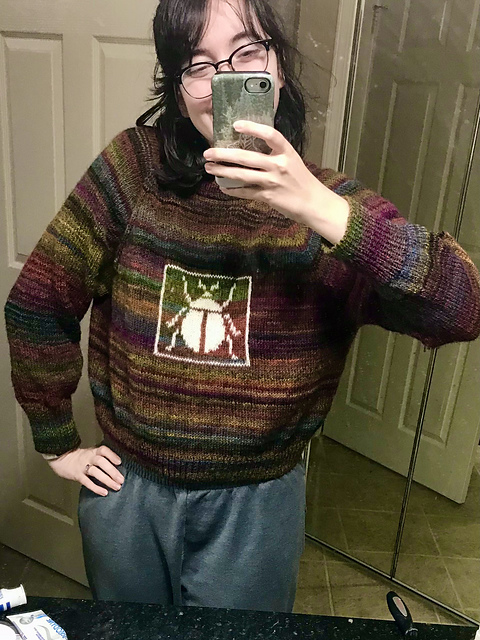 |
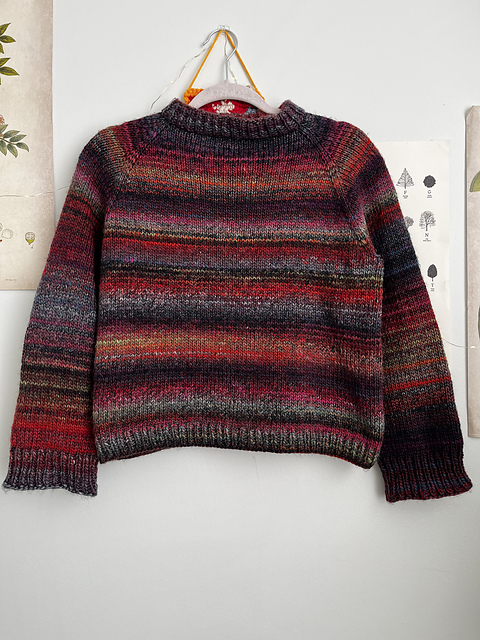 |
Left: Lang Yarns Cloud, bulky weight, merino wool, color 12, ~$30/284 yd. Example knit. Middle: Hobbii Winter Glow, DK weight, alpaca wool/acrylic, color 02, $30/765 yd. Example knit. Right: Hobbii Tea Time, DK weight, acrylic, color 10, $16/473 yd. Example knit.
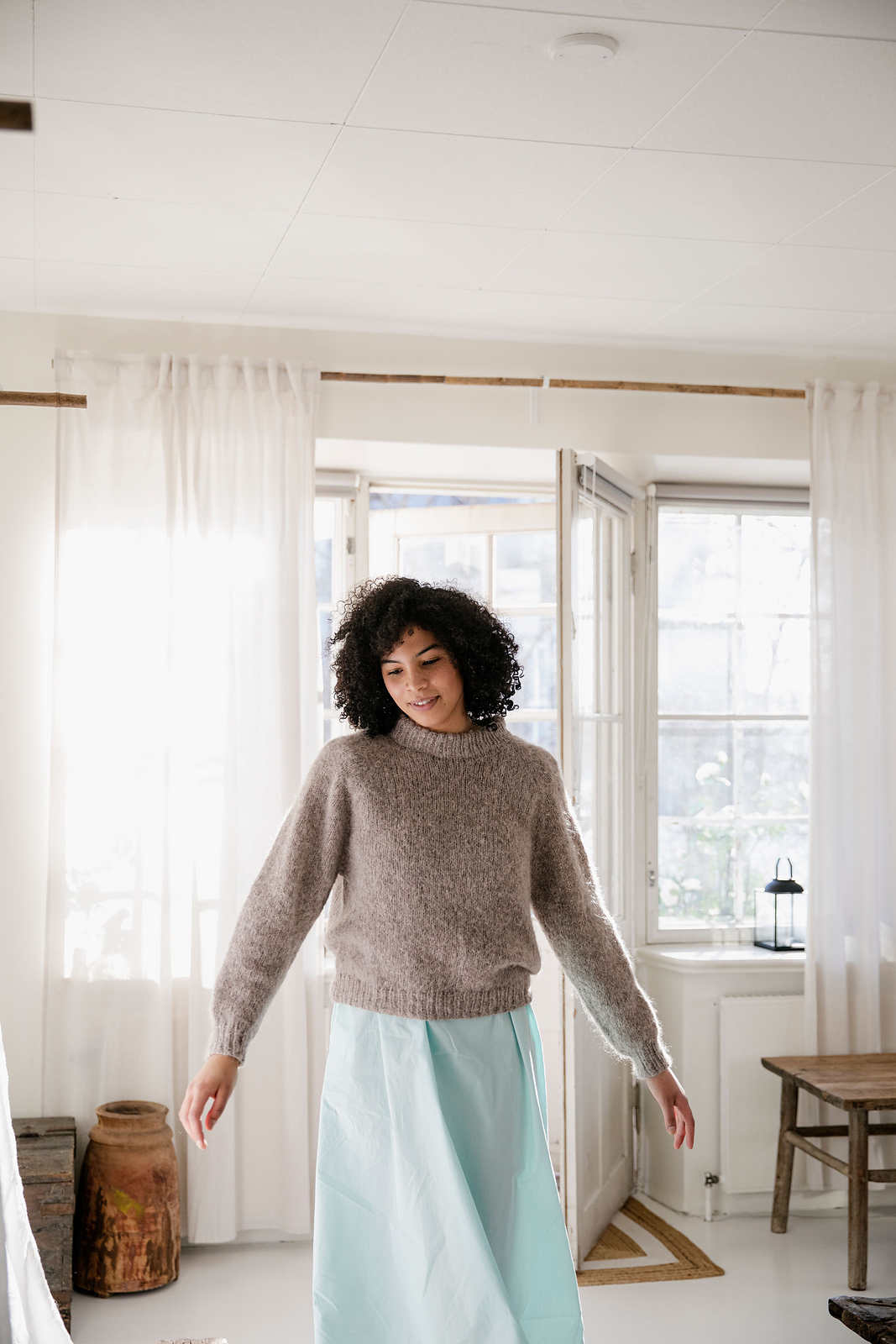 |
 |
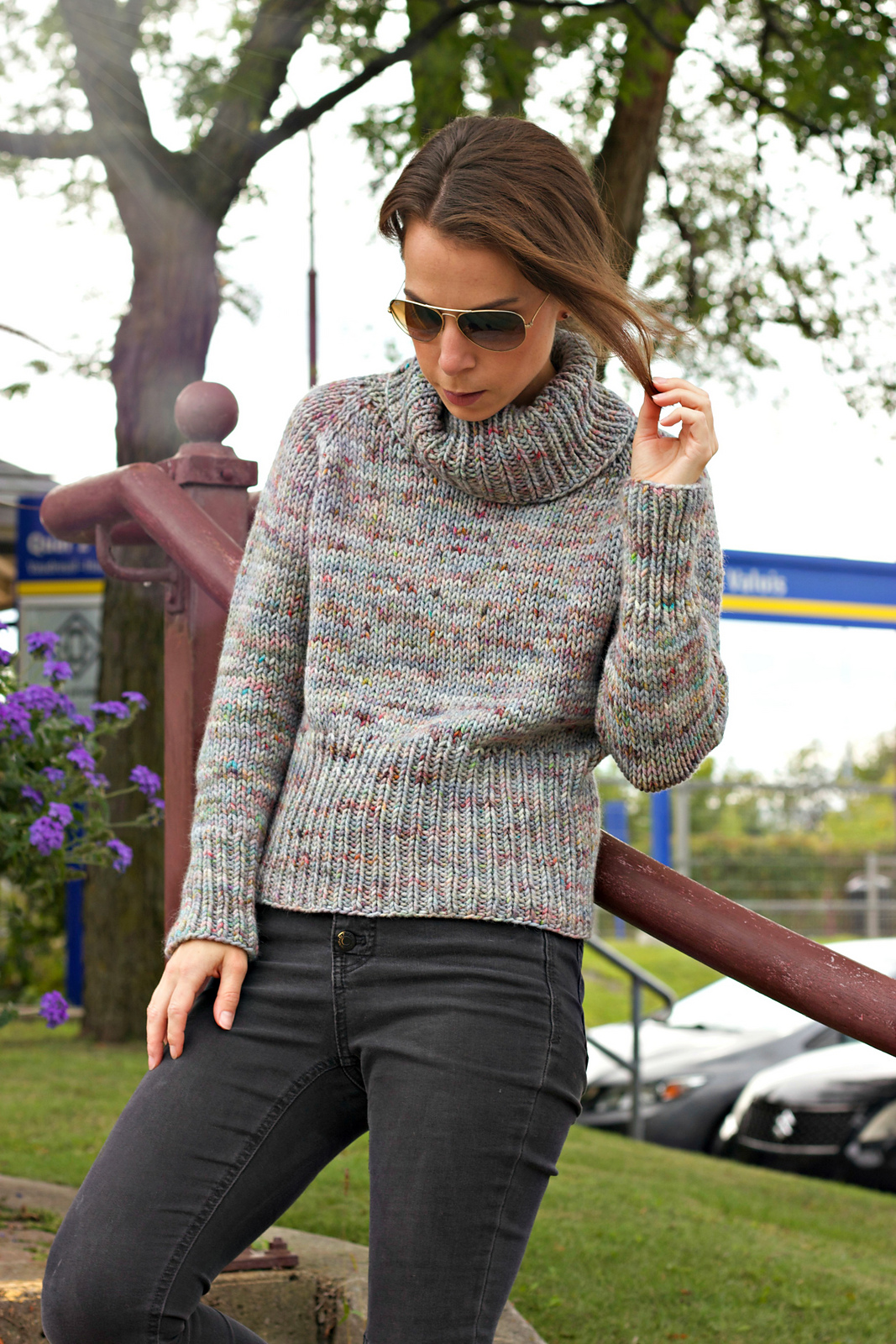 |
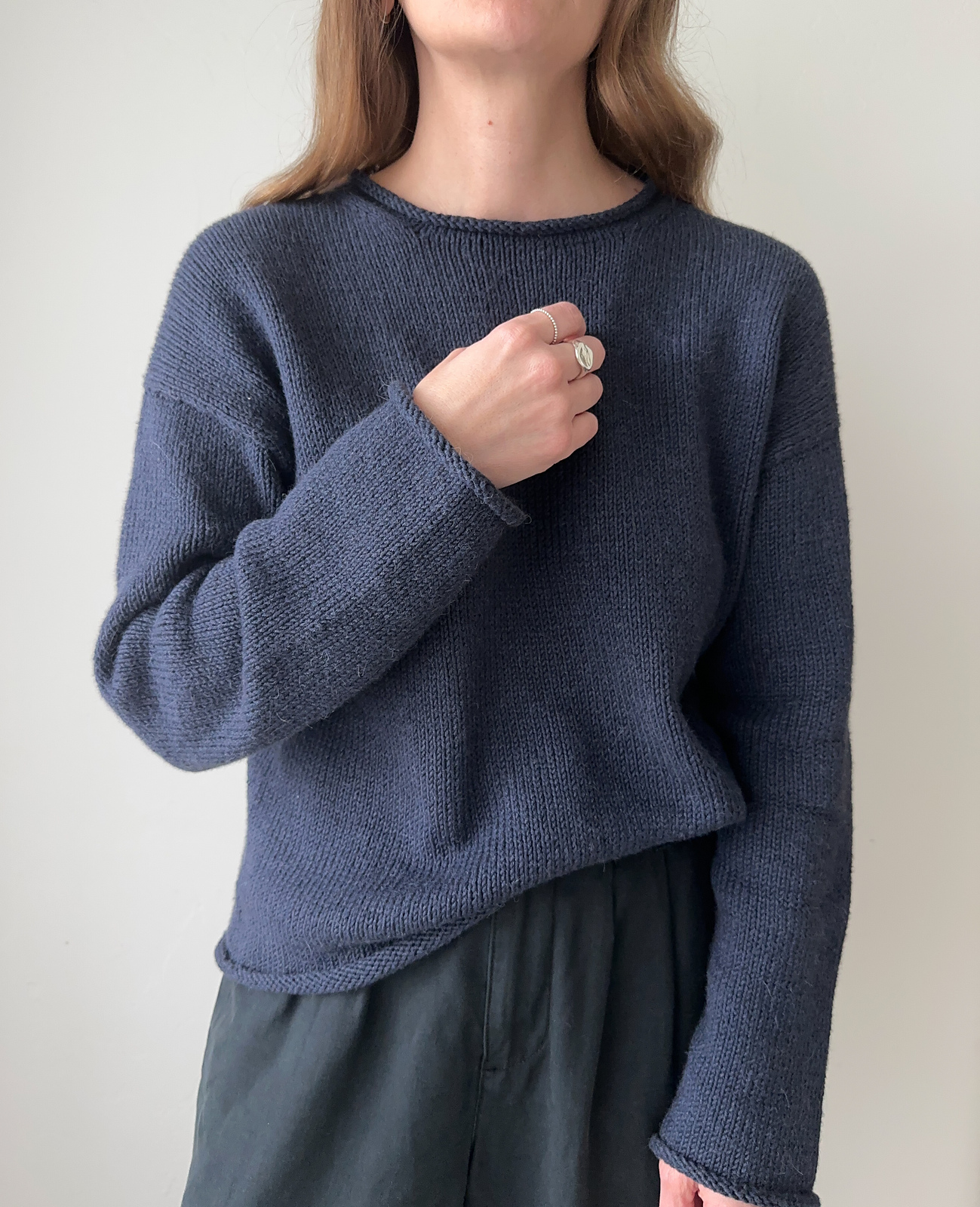 |
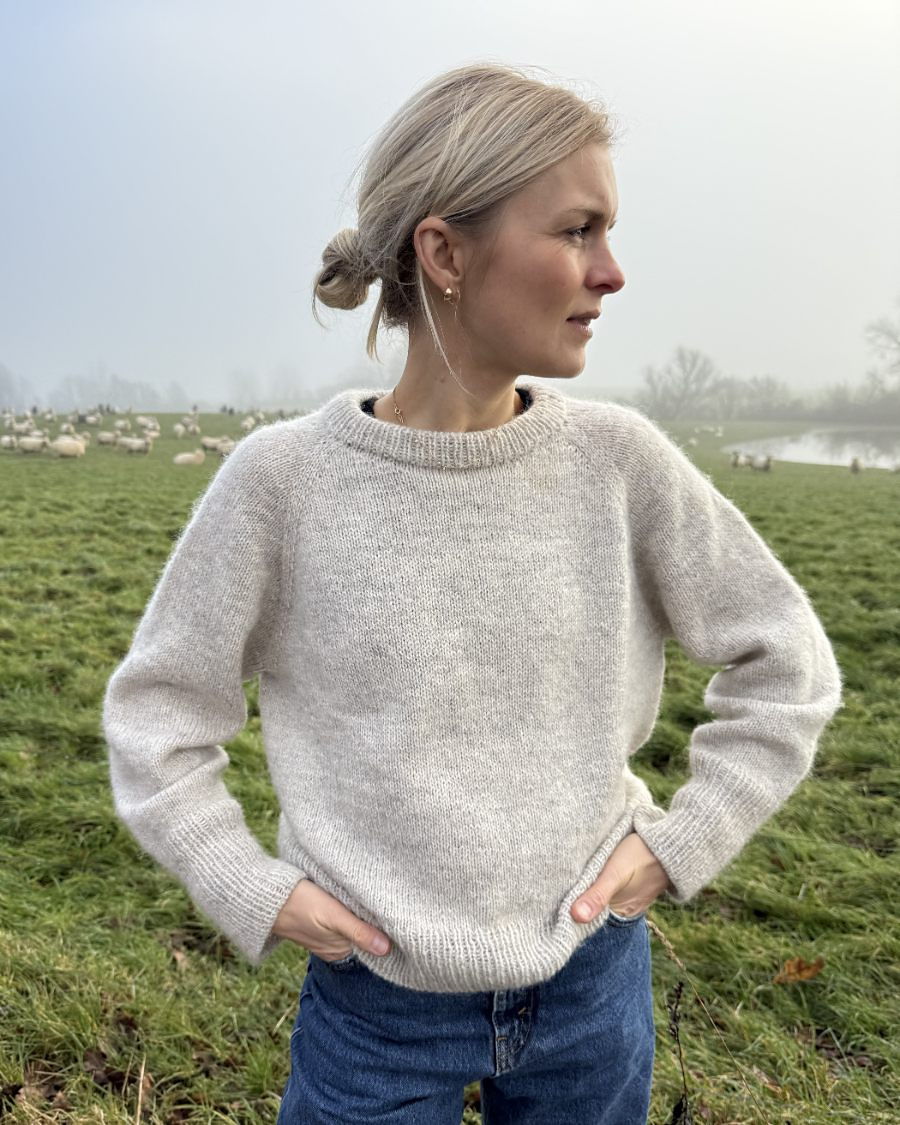 |
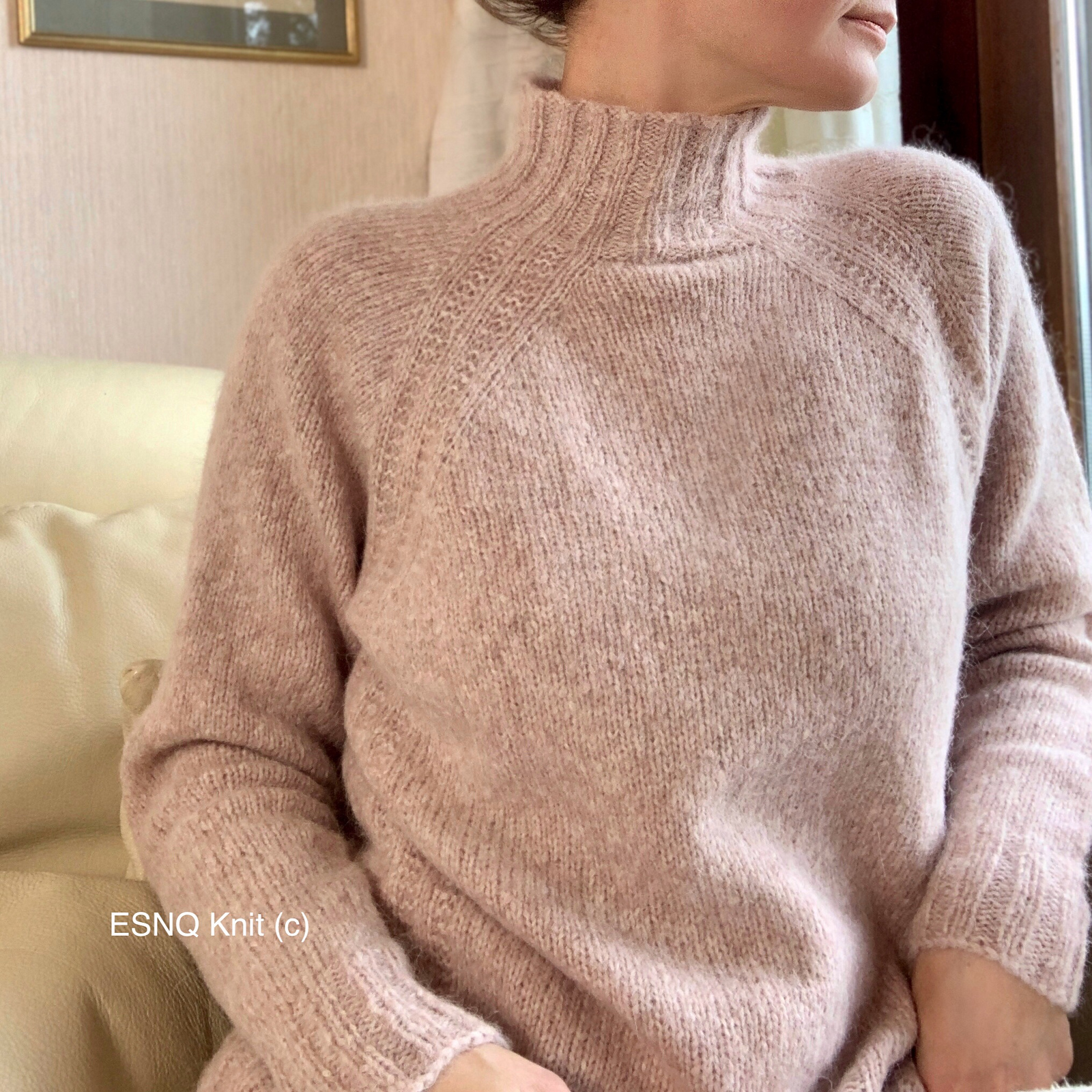 |
T Left: Seela by Jonna Helin - Laine Publishing, bulky yarn T Middle: Firth by Rebecca Clow, DK yarn T Right: Metropolis by Tanis Lavallee, bulky yarn
B Left: Sadie by Hailey Smedley - Ozetta Knitwear, DK yarn B Middle: Monday Sweater by Mette Wendelboe Okkels - PetiteKnit, DK yarn B Right: Mellow Mood Sweater by Julia Piro, aran/bulky yarn
And honestly, so many more that I could include. What’s intersting is that this time I stared with an idea for the yarn and went to look for compatible patterns - I learned that I think I want something a bit less boxy/oversized and need to stay away from cool but complicated stitch patterns since the color/striping will camoflage that. The biggest factor currently is… the cost. The resources neccessary to make these sweaters absolutely dwarf any project I’ve done up to this point. At ~1000-1200 yards, I’m looking to spend over $100 (even close to $200 if I go for a more premium yarn) and it’s tough to be all “practice round, no worries!” when there is real cost attached. So I’m really being thoughtful about this project.
That said, I’ll be back in (hopefully) a month to update on the decisions I’ve made and maybe even show some work-in-progress.
-
While the Yarned and Dangerous group has dwindled in membership and is less strictly focused on knitting these days, I can gladly say that the plan ended up working. A pat on the back of this MN transplant making friends with MN locals !!! ↩